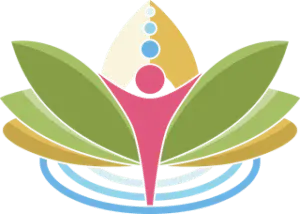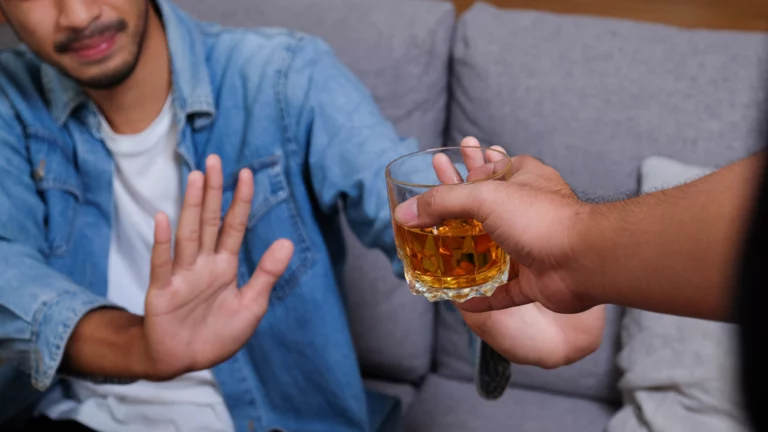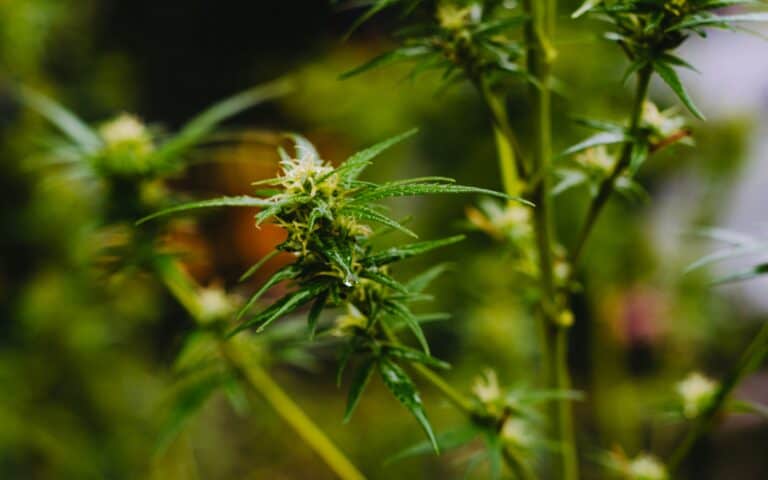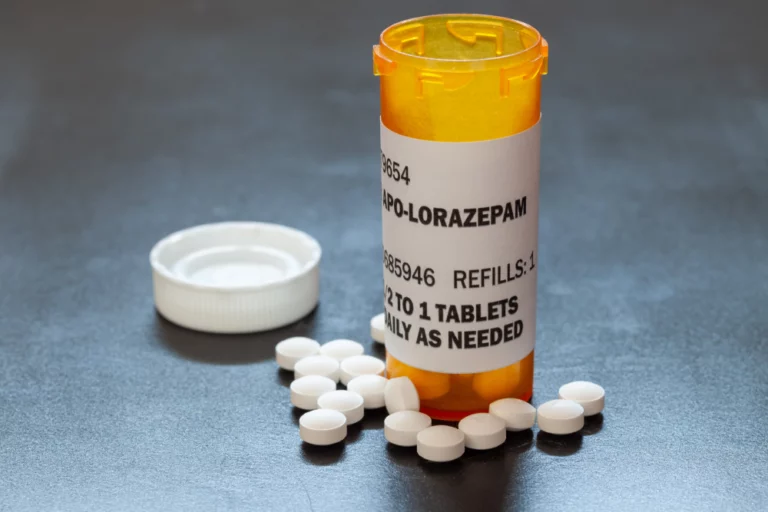In recent years, the phenomenon of mixing substances together to enhance their effects and create cocktail drugs has taken hold of young adults and substance abusers alike. This practice has created unique challenges and risks for individuals who use drugs. By taking a closer look at polydrug use, we can understand the potential dangers and effects of cocktail drugs.
In this article, we will discuss what cocktail drugs are, popular types of cocktail drugs, what polydrug use is and its side effects, the chemistry of cocktail drugs, and how to treat polydrug use.
What are Cocktail Drugs?
Cocktail drugs, also known as polydrug use or polysubstance abuse, refer to combining multiple substances for recreational or intoxicating purposes. This involves the simultaneous or sequential use of two or more drugs, such as alcohol, stimulants, depressants, hallucinogens, opioids, or marijuana. Combining these substances can create unique and unpredictable effects on the body and mind.
All drugs can potentially cause harm, but when different drugs are combined, the risks can become even more severe. Taking excessive amounts of a single drug or using it for an extended period can be fatal, but the danger significantly increases when multiple drugs are used together.
Learn More: What To Know About New Drug Laws in Tennessee For 2023
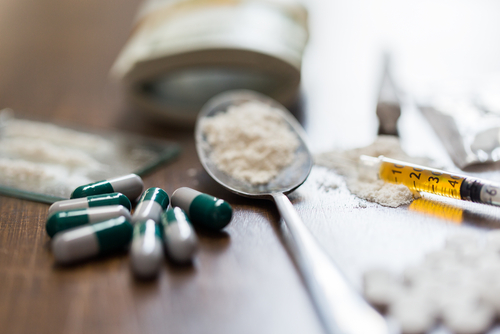
Types of Cocktail Drugs
Each drug combination produces unique effects, and their impact varies from person to person. Certain combinations are particularly hazardous. Some combinations enhance a specific effect, while others have conflicting actions in the body, leading to serious side effects or even death. Some of the most common types of cocktail drugs include:
- Alcohol & Marijuana
- Alcohol & Cocaine
- Alcohol & Benzodiazepines
- Cocaine & Marijuana
- Heroin & Cocaine
- Opioids & Cocaine
What is Polydrug Use?
Polydrug use refers to combining multiple drugs or substances simultaneously or one after another. It involves the deliberate act of using two or more substances to achieve a desired effect, whether to enhance the euphoria, alter consciousness, or mitigate the side effects of one substance with another.
Various factors can drive polydrug use. Some individuals may engage in it to achieve a more intense or prolonged high. In contrast, others may use multiple substances as a form of self-medication to alleviate one drug’s side effects or withdrawal symptoms with another. Peer pressure, cultural influences, and social environments can also significantly shape polydrug use patterns.
Side Effects of Polydrug Use
Polydrug use can result in a wide range of side effects that may vary depending on the specific combination of substances used. Drug interactions can have unpredictable effects on the body and mind, often amplifying the risks associated with each drug. Some of the most common side effects include:
- Increased risk of overdose
- Increased heart rate
- Elevated blood pressure
- Anxiety
- Depression
- Respiratory depression
- Impaired cognitive function
- Organ failure
- Nausea or vomiting
- Psychosis

How Cocktail Drugs Chemically Affect You
Understanding the chemistry of cocktail drugs involves examining how different substances interact with one another when combined in the body. As stated previously, these interactions can significantly influence the effects experienced by individuals engaged in polydrug use. By knowing how these substances interact with each other, individuals can see the potential risks, actions, and outcomes of polydrug abuse. There are several key factors to understand when looking into the chemistry of cocktail drugs. These key factors are:
- Synergistic Effects: When certain drugs are combined, they can produce synergistic effects, meaning their combined impact is greater than their individual effects. For example, combining a stimulant like cocaine with a depressant like alcohol can intensify a euphoric high. The simultaneous presence of different substances can enhance their effects on the central nervous system.
- Pharmacokinetic Interactions: Cocktail drugs can also affect the way drugs are metabolized and eliminated from the body. One substance may alter the absorption, distribution, metabolism, or excretion of another, resulting in changes in their overall potency and duration of action. These interactions can impact drug levels in the bloodstream, leading to variations in the desired effects or potential toxicity.
- Metabolic Interactions: The metabolism of drugs can be affected when combined with other substances. Some drugs, like alcohol, can inhibit specific enzymes responsible for metabolizing other drugs, leading to increased concentrations and prolonged effects. On the other hand, certain substances can induce or accelerate the metabolism of other drugs, potentially reducing their effectiveness.
- Additive or Antagonistic Effects: Cocktail drugs can produce additive or antagonistic effects depending on the combination. Additive effects occur when the combined impact of multiple substances is simply the sum of their individual effects. On the other hand, antagonistic effects happen when the presence of one substance diminishes or counteracts the effects of another. These interactions can lead to unpredictable outcomes and may increase the risk of adverse effects.
Read More: The Dangers of Combining Meth and Cocaine
Can You Treat Polydrug Use?
Treating polydrug use can be a tricky and complicated matter, as it requires a comprehensive approach that addresses the complex needs of the individuals, the differing effects of the substances used, and the underlying causes of addiction. This type of treatment will almost always require individuals to receive treatment from an addiction treatment center. A typical treatment plan may include the following components:
- Medical Detoxification: In cases where physical dependence is present, a medically supervised detoxification process may be necessary to manage withdrawal symptoms safely. This process ensures that whatever substances the individual takes are safely removed from their system. This then ensures the individual’s safety and prepares them for further treatment.
- Behavioral Therapy: Behavioral therapies, such as cognitive-behavioral therapy, are utilized to address drug abuse patterns, motivations, and cravings while promoting healthier coping skills and relapse prevention. These therapies can vary depending on the needs of the individual and can include individual, group, family, or experiential therapies.
- Medication-Assisted Treatment: Certain medications may be prescribed to assist in treating substance use disorders. For example, medications such as methadone, buprenorphine, or naltrexone can be used to manage opioid dependence. Additionally, medications may be prescribed to address co-occurring mental health conditions.
- Support Groups: Participation in support groups like Narcotics Anonymous (NA) or Alcoholics Anonymous (AA), as well as peer support programs, can provide valuable social support, encouragement, and guidance throughout the recovery process.
- Relapse Prevention: Developing relapse prevention strategies is crucial to help individuals identify triggers, manage cravings, and develop coping mechanisms to maintain sobriety. Skills training, ongoing therapy, and support groups play essential roles in relapse prevention.

Substance Abuse Treatment at Knoxville Recovery Center
If you find yourself creating cocktails of multiple drugs to produce a high, you may be experiencing substance abuse and drug addiction. By combining multiple substances, you are increasing the risk of a drug overdose and the potential dangers of these substances. However, recognizing this as a problematic behavior is the first step in recovering from substance abuse.
At Knoxville Recovery Center, we provide addiction treatment services to those battling drug addiction. Our services include medical detox, aftercare treatment, therapeutic nutritional services, and residential addiction treatment. Our mission is to ensure every client receives the care they deserve, and we strive to address every need of our clients. By doing so, we prepare our clients to live after treatment and thrive.
If you or a loved one are engaging in polydrug use or substance use, contact us today to learn more about our programs.

